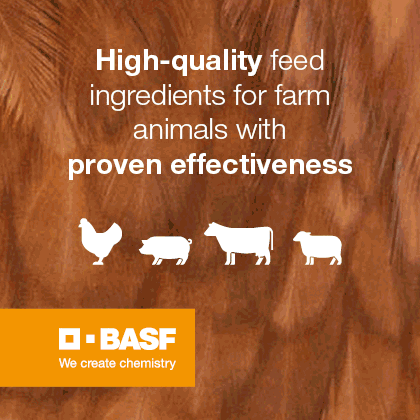12 Oct 2024


Regulatory Support Encouraging Market Growth
The rise in demand for probiotic animal feed is also being supported by government regulations and policy frameworks that encourage the adoption of safer, antibiotic-free livestock management practices. In regions like the United States, regulatory guidelines for probiotic use in feed have been established, providing a pathway for more widespread adoption. These frameworks not only aim to enhance animal welfare but also to address the risks associated with antibiotic resistance, which has been identified as a significant issue by health authorities. For instance, data from the Centers for Disease Control and Prevention (CDC) indicates that there was a notable increase in cases of antibiotic-resistant Salmonella between 2011 and 2020, underscoring the urgency for alternative solutions in livestock farming.
Product Types and Market Dynamics
Within the market, dry probiotics dominate, accounting for nearly 85% of the market share. These products are popular due to their long shelf life and ease of storage. However, the liquid probiotic segment is experiencing faster growth, with an anticipated CAGR of 10.1%. This is driven by the increasing preference for liquid formulations, which offer the advantage of faster absorption and effectiveness in animal digestion.
Diverse Applications Across Different Livestock
In terms of the types of probiotics used, bacteria-based probiotics remain the most common due to their proven benefits in improving gut health and immune function in animals. However, there is a growing interest in yeast-based probiotics, which are valued for their ability to enhance nutrient absorption and support fiber digestion, making them particularly useful in the dairy and ruminant sectors.
Regional Growth Trends
Regional growth trends reflect a varied landscape. North America accounts for approximately 27% of the global market, with growth fueled by the region’s preference for high-protein animal products and an increasing emphasis on sustainable livestock farming practices. The Asia-Pacific region, however, holds the largest share, exceeding 37% of the global market. This growth is largely attributed to the region’s expanding poultry industry and the rising adoption of advanced livestock production techniques. In Europe, which represents around 23% of the market, growth is supported by stringent animal welfare standards and a strong regulatory framework favoring the use of natural feed additives over traditional antibiotics.
Future Outlook
Overall, the market for probiotics in animal feed is expected to continue expanding as the livestock industry increasingly seeks sustainable solutions to enhance animal health, improve productivity, and address environmental concerns. The shift toward organic farming, the need for alternatives to antibiotics, and the ongoing development of innovative probiotic formulations are likely to drive sustained growth and innovation in the coming years.
